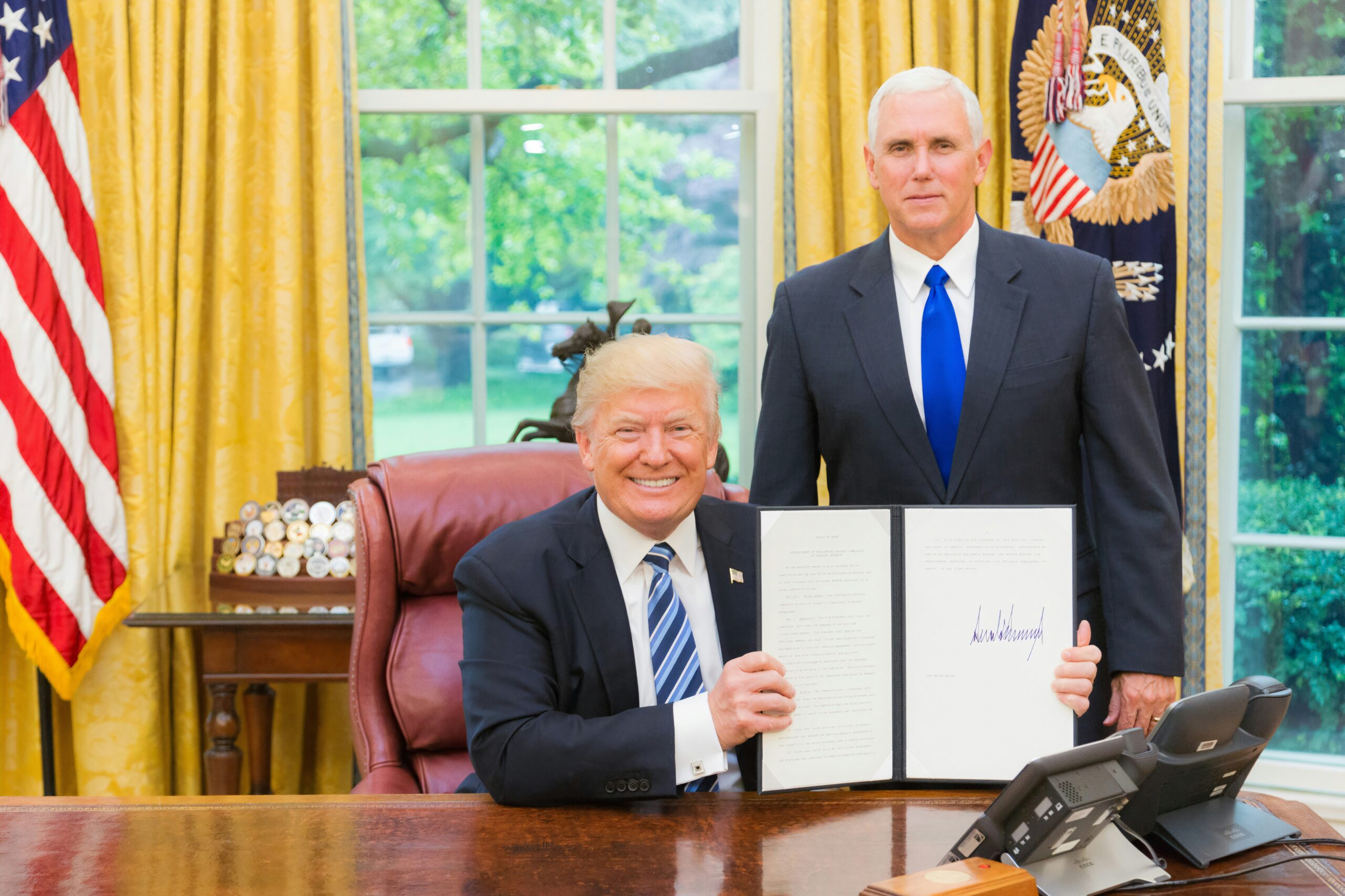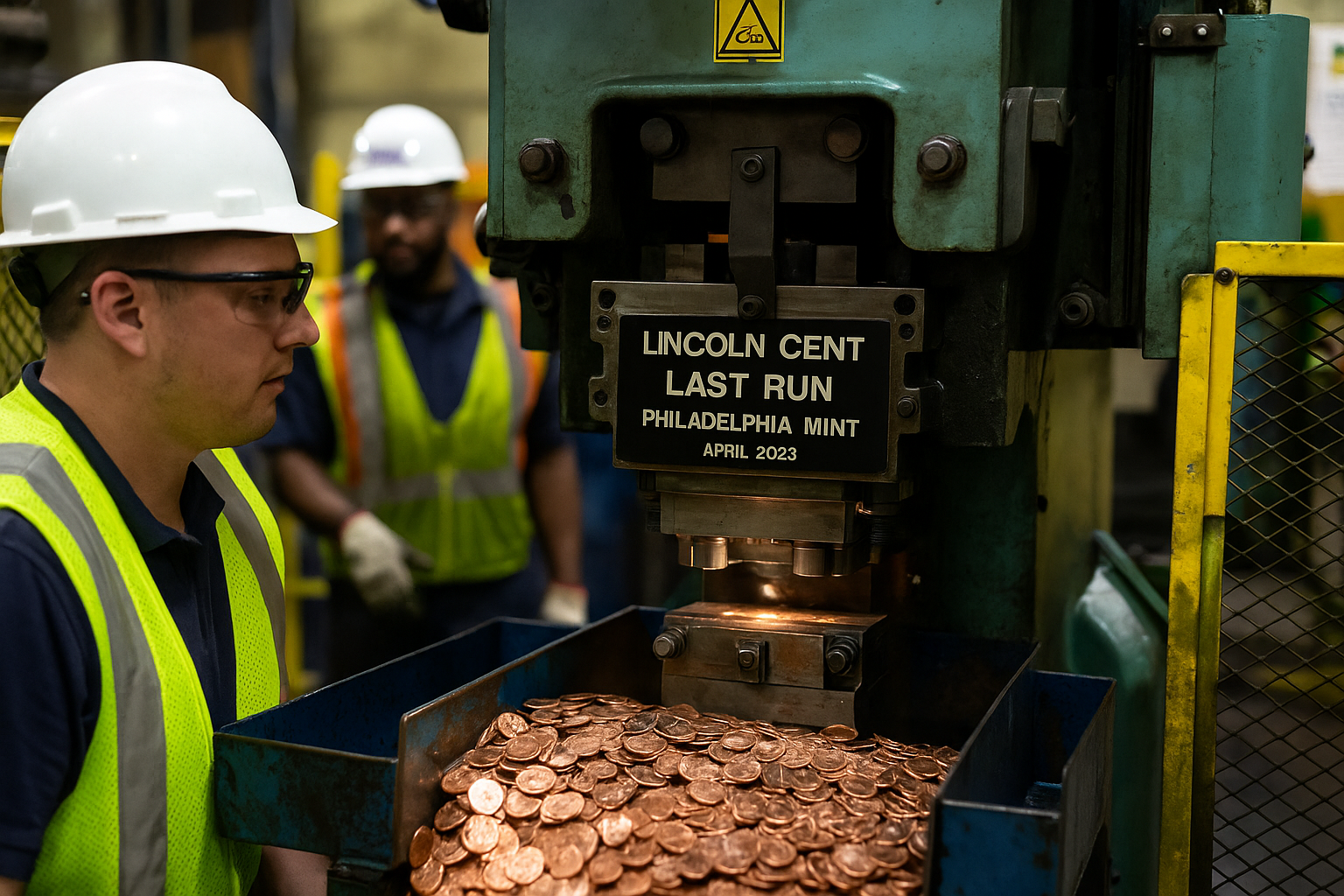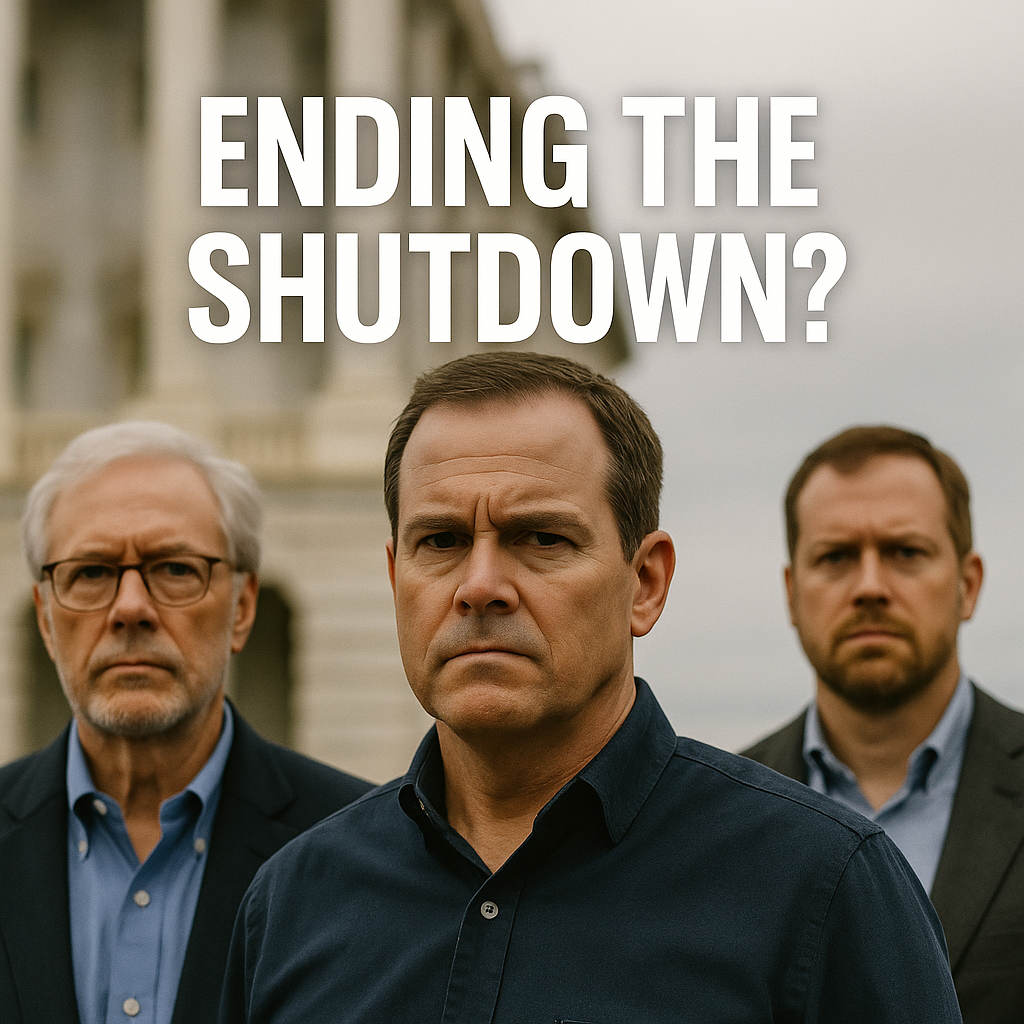Trump Xi TikTok deal
In a phone call that both capitals billed as “productive,” US President Donald Trump said he and China’s President Xi Jinping approved a framework for a deal to keep TikTok operating in the United States—setting the stage for an in-person meeting at the APEC leaders’ summit in South Korea at the end of October and a reciprocal visit to China early next year. While details remain fluid, both sides signaled that divestment from ByteDance and some form of US investor control are central, with Oracle again cited among potential buyers or platform partners and continued questions about how—and whether—TikTok’s core algorithm would be licensed. AP News+2Financial Times+2
The development lands at the intersection of geopolitics, platform economics, and a legal clock. In January, the US Supreme Court upheld a federal law that requires TikTok to shut down in the United States unless ByteDance divests by a set deadline, pushing Washington and Beijing to choose between a surgically negotiated workaround or a politically explosive blackout for an app used by more than 100 million Americans. Friday’s call suggests both leaders prefer the former—if they can square sovereignty, scrutiny, and software. SCOTUSblog+1
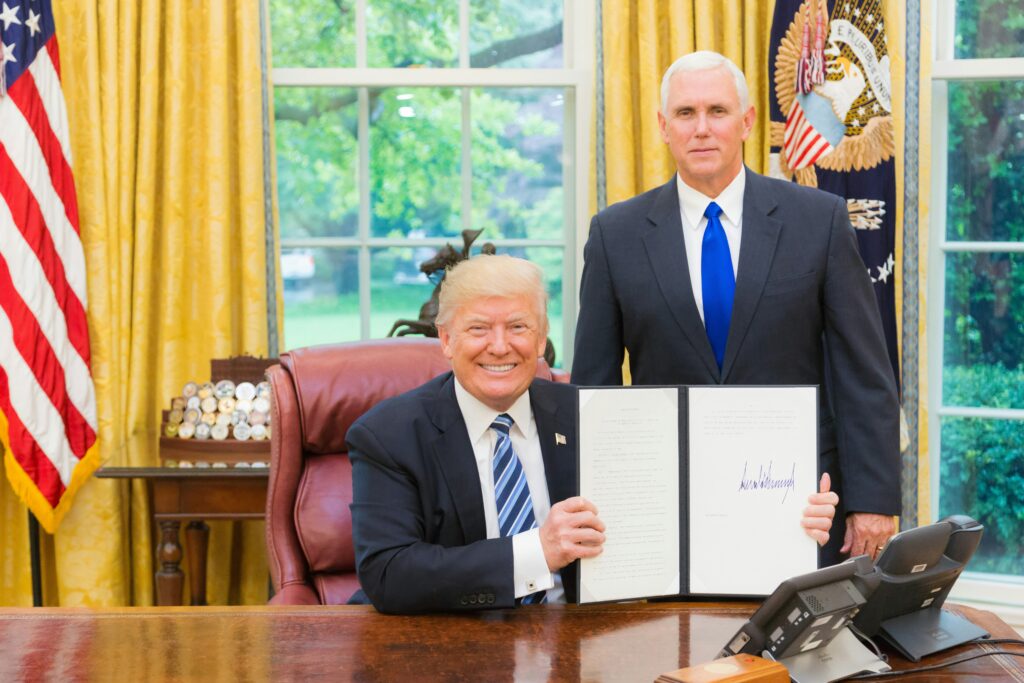
What’s new: a “green light” narrative from Washington, calibrated caution from Beijing
From the White House side, Trump cast the discussion as a breakthrough: both he and Xi “approved” the Trump Xi TikTok deal, and they will meet in person at the APEC leaders’ summit in South Korea, with Trump planning a China visit in early 2026 and Xi expected to come to the US “at an appropriate time.” Financial press reports echoed the topline readout while noting that Chinese state media emphasized only that negotiations were ongoing and must comply with Chinese laws and regulations and a “balance of interests.” That divergence—approval vs. process—captures the delicacy of the moment: Washington wants to project a win; Beijing wants room to maneuver under its tech-export controls and political optics. Financial Times+2Reuters+2
China’s Xinhua and other outlets reiterated a consistent line: Beijing “welcomes firms to conduct commercial negotiations based on market rules” so long as any outcome respects its legal framework and national interests. That tracks with a reported “basic framework consensus” reached in recent talks (including Madrid) but leaves open the decisive questions—especially control over recommendation algorithms, the handling of US user data, and the scope of any continuing ByteDance role in the US business. Reuters+1
Why South Korea matters: APEC 2025 is the stage—and the deadline pressure
This diplomatic choreography will unfold against a tight calendar. South Korea is the APEC host for 2025; the leaders’ meeting is slated for late October into early November in Gyeongju, with the CEO Summit running in parallel. That makes Seoul a natural venue for cinching—or fracturing—the Trump Xi TikTok deal. It also concentrates media attention on deliverables beyond TikTok: tariffs, rare earths, fentanyl-related sanctions, and the broader tech-export tussle. APEC 2025 Korea+2APEC CEO Summit Korea 2025+2
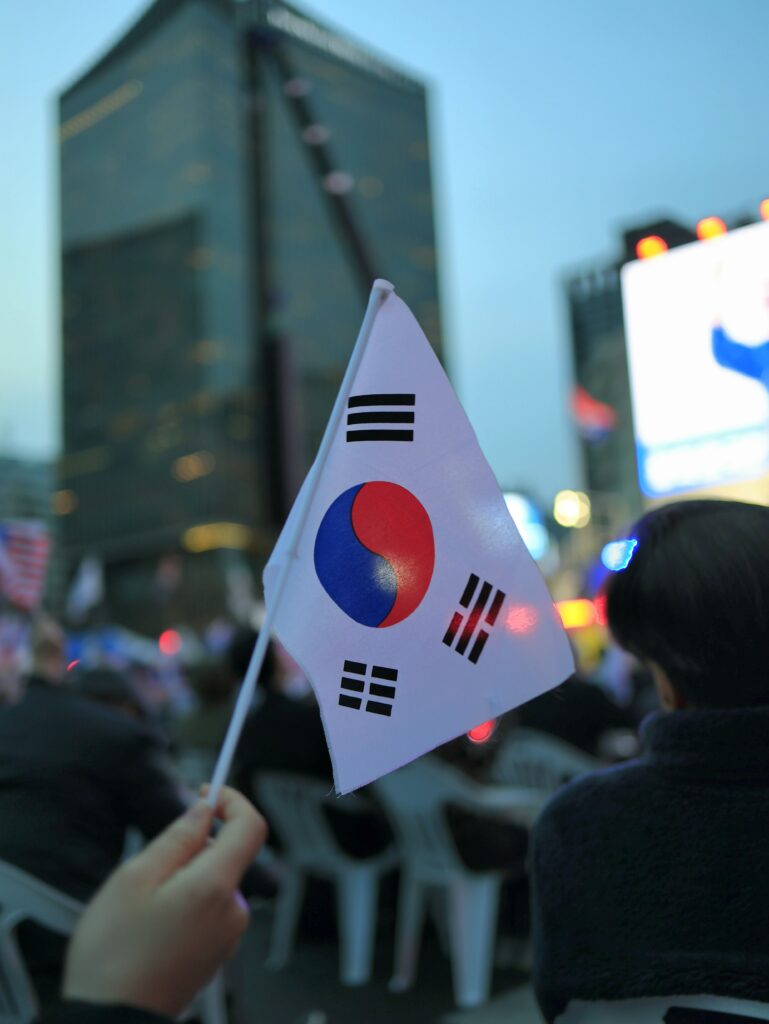
The legal spine: what the Supreme Court actually decided
In January 2025, the Supreme Court upheld the Protecting Americans from Foreign Adversary Controlled Applications Act, passed in April 2024, which requires TikTok to shut down in the US unless ByteDance divests within set timelines. That ruling reversed TikTok’s earlier lower-court wins against executive branch sanctions, making legislative authority the operative standard. Practically, it means any deal must satisfy statutory requirements for separation and security—not just political optics. If divestment fails, the default is a ban. That legal backstop is the quiet metronome clicking behind every press release. SCOTUSblog+1
The moving parts of a workable deal
1) Ownership & control. Congressional sponsors want a clean break: US-located company, independent board, and a cap on any ongoing ByteDance stake. Reporting points to a US investor consortium—Oracle again in the frame, joined by PE firms—as a likely buyer for TikTok’s US operations. A minority, non-controlling ByteDance interest could be tolerated if data, governance, and technology controls are airtight. Financial Times
2) The algorithm question. The thorniest issue is the recommendation engine. One path is licensing: a finite-term, revocable license from ByteDance for algorithmic technology, with US-based operations and a code escrow to allow security audits and continuity. But hawks warn licensing could retain Beijing leverage. Legislators have already voiced concern that “ongoing reliance” on ByteDance software would permit continuing influence by the Chinese Communist Party (CCP). The anti-leverage test will likely define Hill support—or backlash—for any Trump Xi TikTok deal. Reuters
3) Data security & auditing. Expect a mandate for US-only data storage, third-party monitoring (potentially CFIUS-approved), and real-time inspection rights for regulators. “Immense depth and scale” national-security concerns, previously cited by the Justice Department, will shape compliance regimes—from access logging and key management to limits on cross-border engineer privileges. Holland & Knight
4) Export controls from Beijing. Since 2020, China has placed certain recommendation technologies under export-control categories. Any algorithm transfer, license, or even deep retraining that reproduces core capabilities could require Chinese approvals. Xinhua’s phrasing about “market rules” and a “balance of interests” suggests scope for a managed export or licensing approach—provided it can be sold domestically as protecting Chinese tech sovereignty. China News
Politics on both sides: wins, risks, and red lines
Washington’s pitch. Trump has shifted from ban-first rhetoric to a pro-deal posture, even praising TikTok’s “tremendous value” and its role in campaigning. Supporters cast this as pragmatism: preserve a wildly popular platform while neutralizing security risks, avoid alienating younger voters, and notch a diplomatic deliverable before APEC. However, Republican China hawks and some Democrats are wary of any arrangement that leaves ByteDance fingerprints on code or governance. The Select Committee on the CCP has already raised alarms about algorithm licensing. The administration must convince skeptics that control—not just compliance documents—moves to US soil. AP News
Beijing’s calculus. For Xi, the optics of forcing a fire sale under US law are fraught. But averting a US TikTok blackout—which could ripple across other Chinese platforms and venture holdings—has value. Framing the Trump Xi TikTok deal as a commercial negotiation that respects Chinese law gives Beijing cover. And staging the handshake at APEC in South Korea, amid broader talk of de-escalation on tariffs and tech, offers a narrative of stable stewardship rather than capitulation. Reuters
What TikTok looks like on the other side
If consummated, a TikTok-US entity could emerge with:
- US majority (or controlling) ownership, likely via a consortium that includes a strategic partner like Oracle plus financial sponsors.
- US-resident executive team and board, with national-security clearances for key oversight roles.
- Ring-fenced data architecture, including US-based storage, restricted admin privileges, and third-party monitoring.
- Algorithmic governance via one of three models: (a) full transfer (least likely, given China’s export stance), (b) time-limited license with audits and re-platforming rights, or (c) parallel engine trained on US data with IP firewalls (most technically complex, slower to deploy).
The consumer experience might barely change at first. The biggest shifts would be invisible: who can access what data, who can ship which code, and how “emergency” access is governed. Those mechanisms—not press lines—will decide whether the Trump Xi TikTok deal actually resolves national-security concerns.
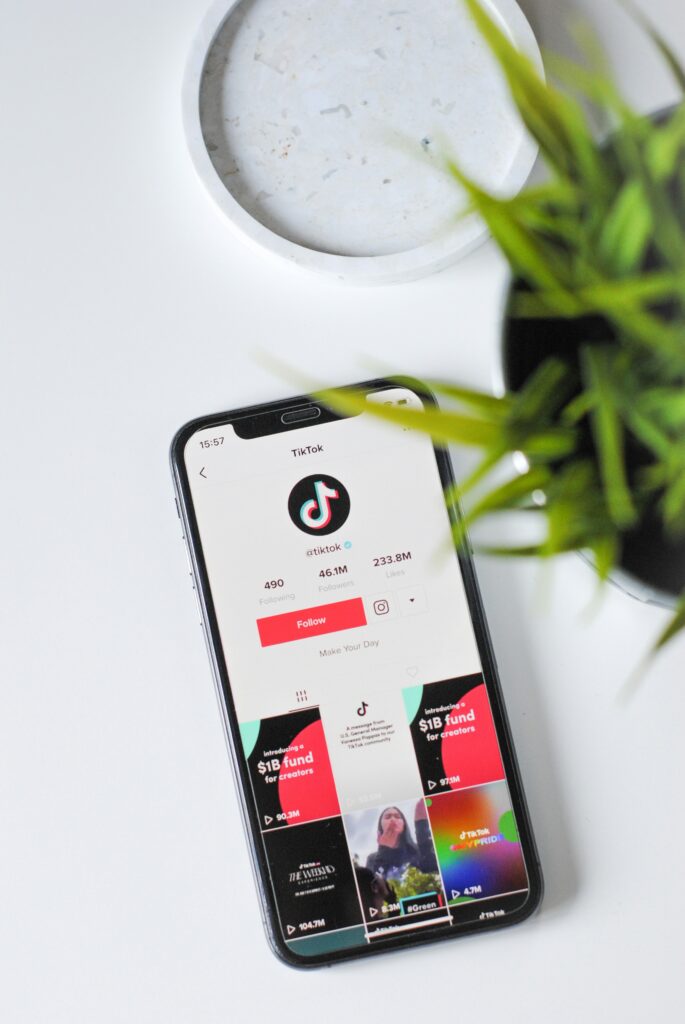
APEC as a deliverables summit
With APEC leaders converging on Gyeongju, both presidents want more than a single-app story. Watch for tariff pauses or trims around sensitive sectors; incremental alignment on rare earths export permits; and gestures on counter-fentanyl cooperation. Each piece helps rebuild a working floor under the relationship. But officials caution that the hardest problems—semiconductor equipment controls, cloud-AI rules, and agricultural purchase enforcement—likely remain after the cameras leave. The optics of movement, not total solutions, are the near-term goal. APEC 2025 Korea+1
Congress, courts, and the compliance cliff
Even a signed term sheet will run a gauntlet:
- CFIUS & DOJ review. Any structure must clear formal national-security screening, likely with a bespoke mitigation agreement that bakes in monitoring and penalties.
- Hill oversight. Expect hearings to test whether licensing or minority stakes leave policy-level vulnerabilities. Skeptics will push for hard lines on code provenance and engineer access controls. Reuters
- Private litigation. Competitors, advocacy groups, or users could sue, especially if the arrangement relies on compelled code remits or appears to contravene export controls.
- State AGs & privacy. A US-based TikTok doesn’t escape state-level privacy statutes (e.g., CPRA in California); new compliance burdens could be material.
If the deal falters, the Supreme Court’s ruling points to the ban. The White House has extended compliance deadlines multiple times to keep talks alive, but the law’s teeth remain. Every extension increases political heat; every collapse risks user outrage and diplomatic aftershocks. SCOTUSblog
The Oracle factor—and why it keeps resurfacing
Oracle’s reappearance is unsurprising. As a US cloud and database titan with deeply embedded enterprise and government relationships, it offers two things: trust with security agencies and the infrastructure to host a ring-fenced TikTok-US. In earlier iterations, “Project Texas” envisioned Oracle as both host and monitor, providing an architecture where sensitive operations were technically and procedurally isolated from ByteDance. Any modern variant of the Trump Xi TikTok deal that relies on algorithm licensing will likely lean on a similar hosting-plus-audit model. (Final cap tables remain to be seen.) Financial Times
Algorithm licensing: risks and mitigations
If Washington allows a license, mitigations could include:
- Escrowed source and model weights with US-controlled keys;
- Strictly US-resident MLOps with forensically logged changes;
- Real-time anomaly detection for content moderation and ranking behavior;
- Fork rights that allow TikTok-US to migrate to a US-trained engine if licensing is revoked or security audits fail.
Opponents will argue that any reliance—even with clauses—creates leverage for Beijing. Proponents counter that auditable, revocable licensing plus a funded path to “algorithmic independence” can be safer and faster than an abrupt re-platform that tanks product quality. This is the technical hinge on which the Trump Xi TikTok deal may swing.
National-security lens: what “immense depth and scale” means
The Justice Department previously warned that TikTok’s data access presents risks of “immense depth and scale,” including the potential for covert influence operations in the For You feed, targeted data collection on journalists or public servants, and cross-correlation with other datasets to unmask individuals. A post-deal TikTok-US would need to prove, not just promise, that such risks are structurally mitigated—hence the push for third-party monitors, kill-switch provisions, and criminal penalties for misrepresentation. Holland & Knight
The politics of the platform
Trump now lauds TikTok’s value and openly nods to its political reach. That’s a sharp turn from earlier ban talk and reflects changed incentives: shutting down a platform popular with younger voters carries electoral costs; delivering a “safer” TikTok carries rewards. But this repositioning also hands ammunition to critics who see the Trump Xi TikTok deal as too soft, too soon. The White House message, in response, has been consistent: the goal is secure continuity—not capitulation—backed by law and audits. AP News
Beijing’s narrative: commercial logic, not political pressure
Chinese readouts stress commercial logic and mutual respect for law. References to a “balance of interests” leave space to approve a controlled license or supervised export while insisting on principled limits. Domestic audiences must see Chinese tech dignity preserved. That’s why state media emphasize process and parity rather than a US-style “deal done” claim. Reuters
Market implications: content, creators, and competitors
For creators and advertisers, a stabilized TikTok-US averts immediate displacement. Competitors—from Reels to Shorts to Snap Spotlight—have quietly gamed out contingency plans for a ban, including VIP migration pipelines and ad credits. A Trump Xi TikTok deal delays those plays and keeps the social video market fragmented—a relief for brands that want multi-platform leverage, but a frustration for rivals that hoped to inherit market share by default.
What to watch between now and Gyeongju
- Term-sheet specifics. Look for signals on algorithm disposition—license vs. migration—plus data custody and board composition.
- Hill temperature. Statements from the House Select Committee on the CCP and Senate Intelligence leadership will indicate whether a licensing-based structure can pass the political laugh test. Reuters
- CFIUS posture. A visible, conditions-heavy mitigation framework would reassure skeptics—but only if enforcement looks real.
- Beijing’s paperwork. Any export-control approvals or guidance from MOFCOM would be a tell on how far China will go to enable a US-compliant structure. China News
- APEC optics. Side-events, CEO Summit remarks, and leader bilaterals can anchor narrative momentum even if legal drafting lags. APEC CEO Summit Korea 2025
If it collapses
A failed negotiation revives the ban. That outcome would reverberate: creators migrate; advertisers scramble; rivals pounce; bilateral ties absorb another shock. Beijing could retaliate against US platforms or impose new export constraints. Washington would face user blowback and litigation skirmishes over app stores and ISP enforcement. The Supreme Court ruling gives legal cover, but the political optics are harsh. SCOTUSblog
Bottom line
The Trump Xi TikTok deal is not just a corporate transaction. It is a test of whether two strategic rivals can de-risk a viral platform without detonating it—and whether law, not vibes, can anchor that balance. The path that seems to be emerging—US control plus audited algorithm licensing, enforced by CFIUS conditions and backed by Chinese export permissions—won’t please purists on either side. But it might meet the minimum acceptable thresholds to keep the app alive for US users while reducing the attack surface that’s worried national-security officials for years.
APEC in South Korea offers a deadline and a spotlight. If leaders land a tangible structure in time, they can sell it as pragmatic statecraft amid rancor. If not, the world’s most influential short-video app could become the most visible casualty of a great-power rivalry that increasingly writes the rules of the internet.
Citations & key documents
- Trump and Xi call; meeting set at APEC South Korea; “approved” TikTok framework as described by US side, with reciprocal travel plans. AP News+2Financial Times+2
- APEC 2025 host confirmation and Gyeongju meeting logistics (leaders’ and CEO summit timing). APEC 2025 Korea+2APEC CEO Summit Korea 2025+2
- Supreme Court upholds the sale-or-ban law; legal implications for divestment timelines. SCOTUSblog+1
- Xinhua/Reuters readouts on China’s position: “market rules,” “balance of interests,” and compliance with Chinese laws. China News+1
- Background reporting on framework talks, Oracle-linked investor structure, and algorithm licensing debates. Financial Times
